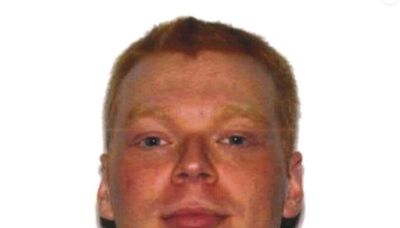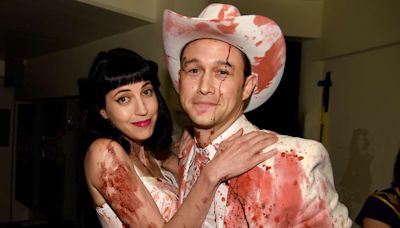Search results
4 hari yang lalu · Use “has” with the subjects “he,” “she,” “it,” a name or a singular noun. Use “have” with the subjects “ I,” “you,” “they,” “we,” a plural noun or multiple subjects.
4 hari yang lalu · To be is the most irregular verb in the English language. Its most basic forms include the infinitive be , am , is , are , was , were , being and been . Here’s a quick rundown of them: In case you’re wondering whether to be has always been irregular, check out the video below. (Spoiler: It’s been that way for centuries!) Present Simple.
2 hari yang lalu · Test what you know with interactive exercises and read the explanation to help you. Look at these examples to see how we can tell someone what another person said. direct speech: 'I love the Toy Story films,' she said. indirect speech: She said she loved the Toy Story films.
4 hari yang lalu · The most basic type of pronouns are personal pronouns, which include I , You , He , She , It , We , They , Us and Them . For example, the sentence “ Jonathan goes to work at eight in the morning,” can be altered to, “ He goes to work at eight in the morning” using the pronoun he .
3 hari yang lalu · ‘he’ ‘she’ ‘him’ ‘her’. You can also use ‘themselves’ or ‘themself’ instead of ‘himself’ or ‘herself’. ‘Themself’ is an extension of using ‘they’ for a single person. The use of gender-neutral pronouns to refer to a person of unknown gender has a long history. Usage now covers people who either:
4 hari yang lalu · Missing a class. Listen to a student explain why she can't come to class to practise and improve your listening skills. Do the preparation task first. Then listen to the audio and do the exercises.
2 hari yang lalu · English Grammar Step by Step. UNIT 1. NEGATIVE AND INTERROGATIVE SENTENCES. Transform the following sentences into the negative and the interrogative. 1 Example: (See unit 22 .) I can dance. I can't dance/I cannot dance. Can I dance? a She can swim. b They can help you. c We can ride a horse. d He can drive a lorry. e It can fly.



